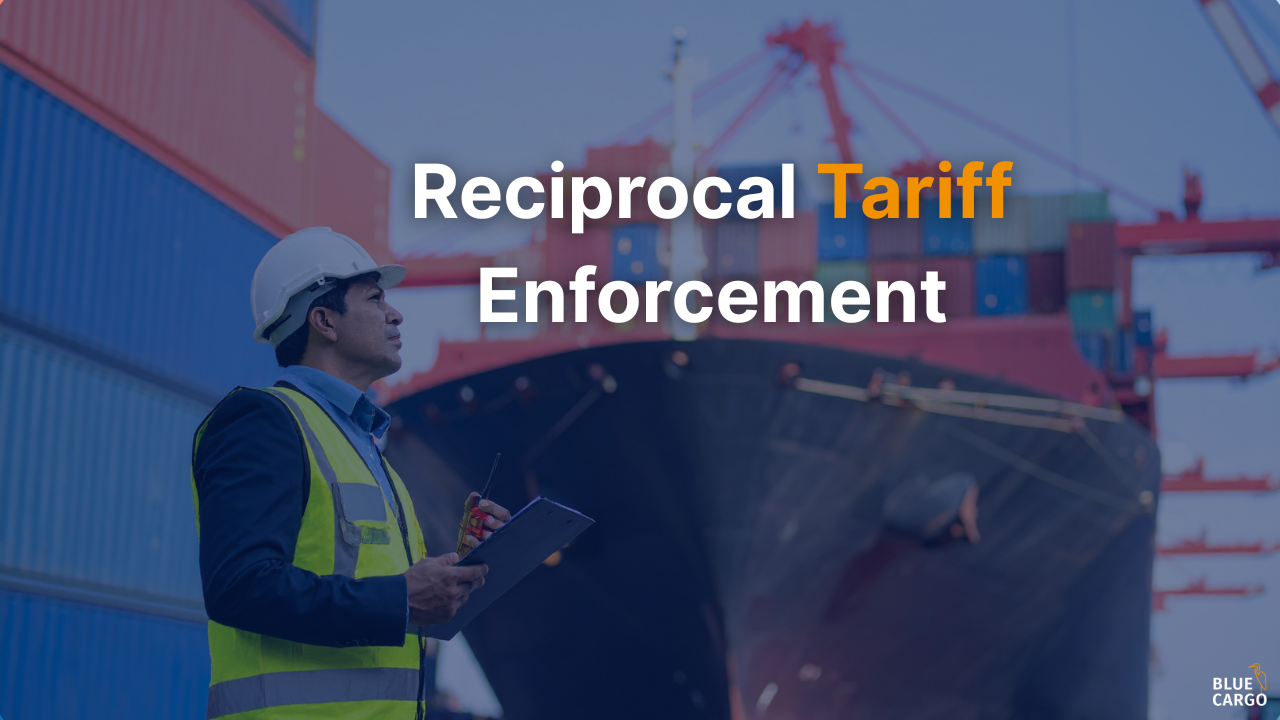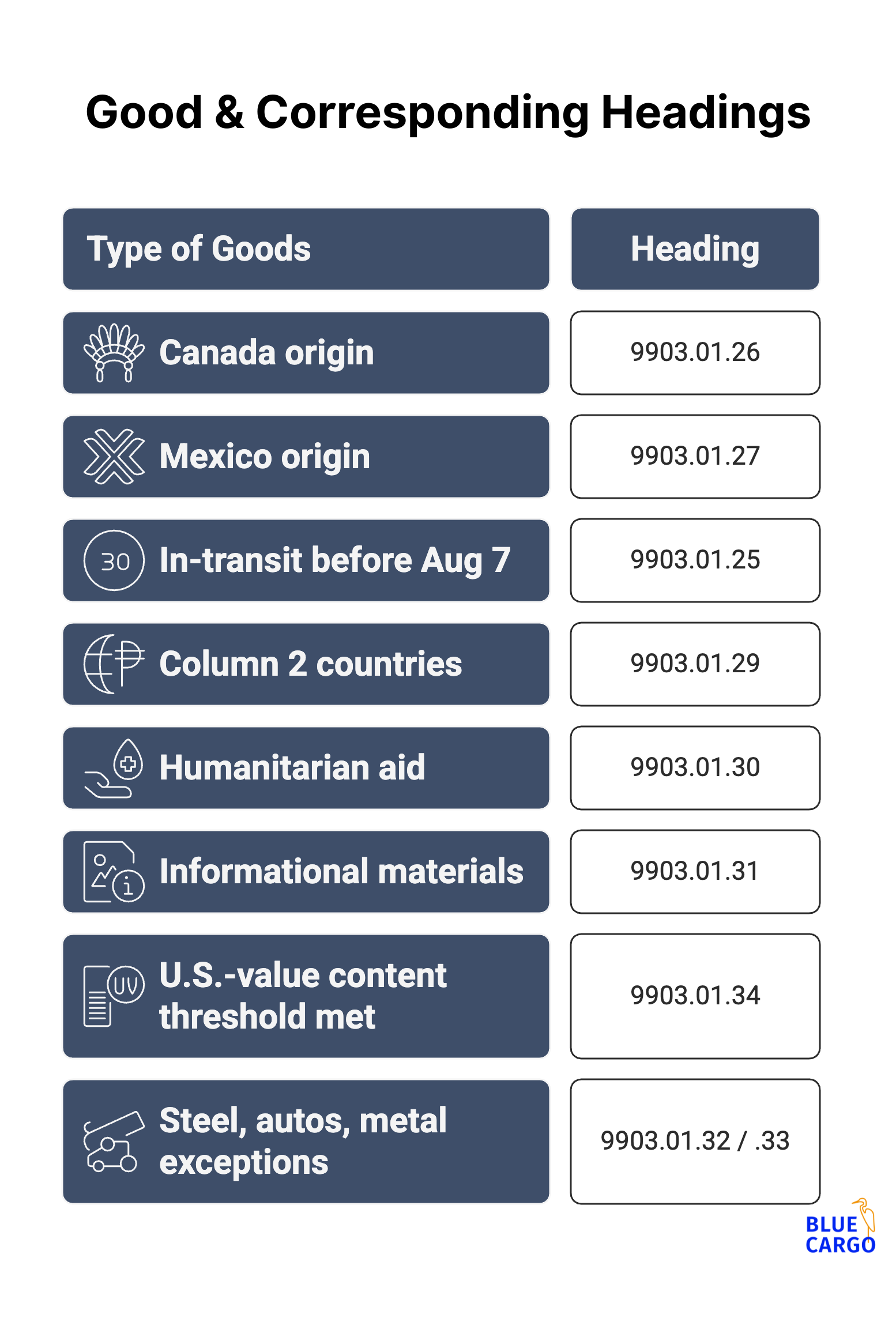
CBP Implements New Reciprocal Tariffs August 7: What Importers Must File Under HTSUS 9903
U.S. Customs and Border Protection (CBP) will begin enforcing a new set of reciprocal tariffs effective August 7, 2025 (under guidance CSMS #65829726).
The update includes new Harmonized Tariff Schedule codes (HTSUS 9903.02.02–9903.02.71), changes to how EU goods are assessed, and confirmed continuation of 10% duties on China, Hong Kong, and Macau.
Below is a breakdown of the new requirements and tariff treatment, with an emphasis on practical filing guidance.
🇪🇺 EU Imports: Know Your Filing Path
CBP will assess reciprocal tariffs on European Union goods based on the existing Column 1 (General) duty rate:
🔹 If the Column 1 rate is ≥ 15% → use HTSUS 9903.02.19 → no added duty.
🔹 If the Column 1 rate is < 15% → use HTSUS 9903.02.20 → CBP will assess an added duty to bring the total to 15%.
Before filing, double-check the Column 1 rate to determine which code applies.
🇨🇳 China, Hong Kong & Macau: No Change
Goods from these regions remain subject to the existing 10% reciprocal tariff, filed under HTSUS 9903.01.25.
The latest executive order does not change that treatment.
✅ Exemptions & Special Filings
CBP has preserved exemptions for specific trade partners, commodities, and scenarios.
Here's what still qualifies for alternate headings:

NOTES:
1) In-transit before Aug 7, entered before Oct 5
2) Column 2 countries: e.g., Belarus, Cuba
3) Humanitarian aid: e.g., food, medicine
4) Including copper exceptions
⚠️ Avoid These Common Filing Errors
⟶ Filing EU shipments under 9903.02.20 without checking the Column 1 rate
⟶ Omitting Chapter 99 codes altogether on affected HTS lines
⟶ Assuming in-transit exemptions apply without verifying ship dates
⟶ Misfiling Mexican or Canadian goods not covered under USMCA-specific headings
Reciprocal tariff enforcement begins August 7.
The cost of non-compliance will stretch far beyond that date. Importers should review all entries for affected origin countries, update their customs software or broker instructions, and validate whether exemptions apply.
For goods in transit, documentation must prove eligibility for any filing under the older 9903.01.25 code by the October 5 entry deadline.
This is not a blanket increase in duties: it’s a case-by-case recalibration, and precision matters.
﹌﹌﹌﹌﹌
Get the latest news with our Cargoccino, brewed bi-monthly.


